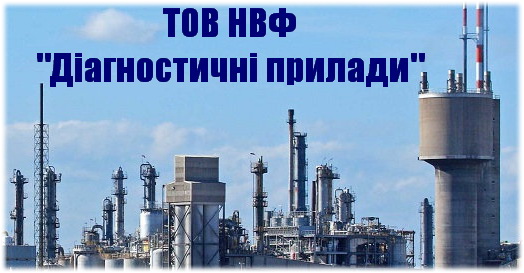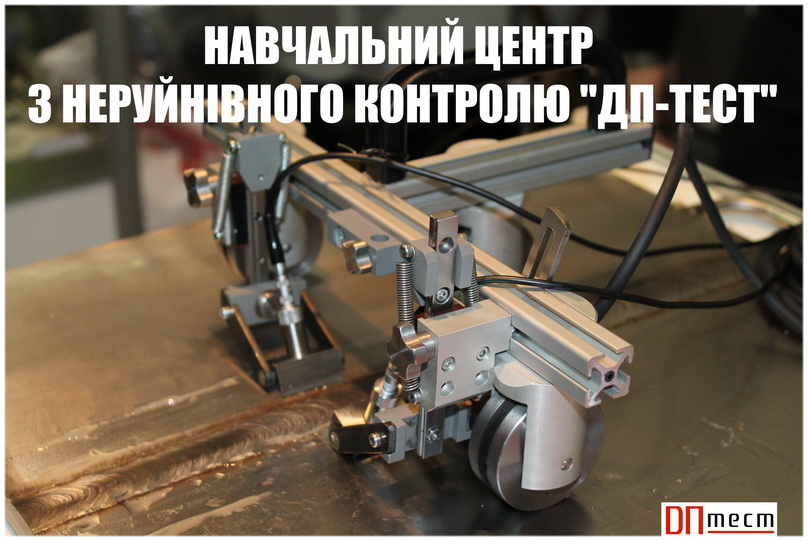Increasing demands for energy efficiency, transparency in energy resource accounting, and integration into digital monitoring systems highlight the relevance of this topic.
Based on the analysis of the structure and functional elements of an automated natural gas measurement complex, it is proposed to develop a system using an ultrasonic flow transducer, as sensors of this type offer the best combination of accuracy, reliability, and application flexibility.
Various flow measurement methods that are widely used in natural gas flow and volume control systems have been reviewed. The design features and technical characteristics of sensors used for monitoring gas flow, pressure, and temperature have been analyzed. A 3D model of a single-path ultrasonic flowmeter has been developed, along with a model of the electronic computing components layout in SolidWorks. Additionally, a simulation of the system’s operation was carried out in Wokwi.
- Hits: 107








